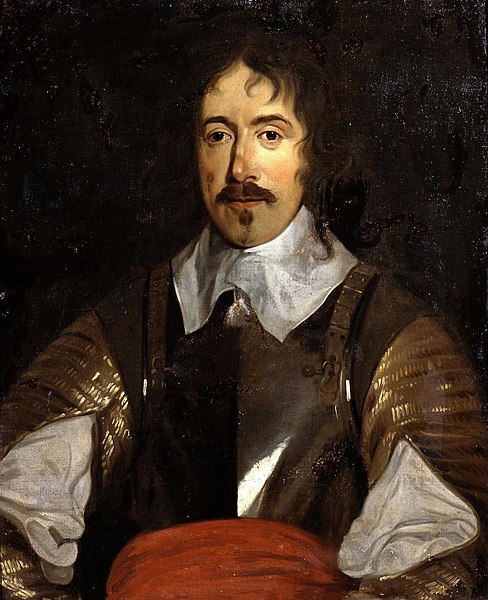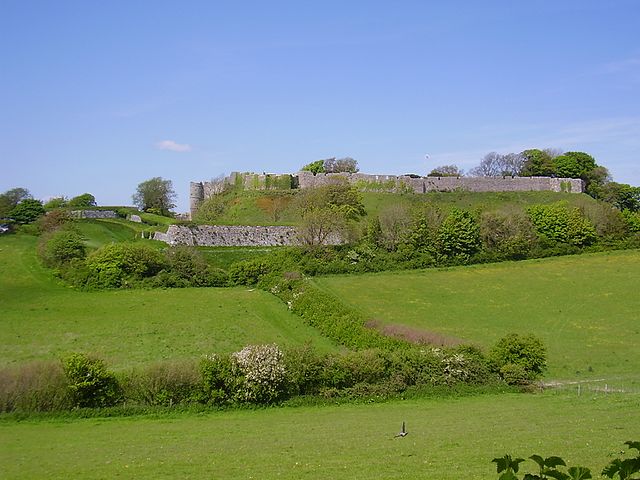The siege of Colchester occurred in the summer of 1648 when the Second English Civil War reignited in several areas of Britain. Colchester found itself in the thick of the unrest when a Royalist army on its way through East Anglia to raise support for the King, was attacked by Lord-General Thomas Fairfax at the head of a Parliamentary force. The Parliamentarians' initial attack forced the Royalist army to retreat behind the town's walls, but they were unable to bring about victory, so they settled down to a siege. Despite the horrors of the siege, the Royalists resisted for eleven weeks and only surrendered following the defeat of the Royalist army in the North of England at the Battle of Preston (1648).
St Mary-at-the-Walls church was used as a gun battery during the siege, the later brick repair to the tower is still evident.
Lord Arthur Cappell fighting inside the walls of Colchester with Colchester Castle in the background. A later painting by Abraham Cooper (1787–1868).
The Old Siege House in East Street still has bullet holes (highlighted by red discs) from the early fighting in the eastern suburbs.
The Second English Civil War took place between February and August 1648 in England and Wales. It forms part of the series of conflicts known collectively as the 1639–1653 Wars of the Three Kingdoms, which include the 1641–1653 Irish Confederate Wars, the 1639–1640 Bishops' Wars, and the 1649–1653 Cromwellian conquest of Ireland.
Charles I at his trial; defeat led to his execution in January 1649
Denzil Holles, a leader of the Presbyterian faction in Parliament
Carisbrooke Castle, on the Isle of Wight, where Charles was held in December 1648
Pontefract Castle in 1648, with civil war fortifications surrounding the old medieval ones.







